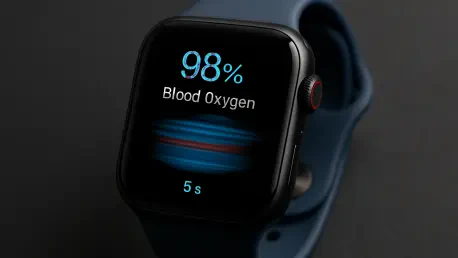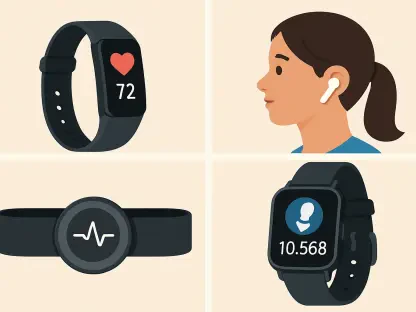Imagine a world where a simple wrist device could potentially save lives by monitoring vital health metrics, only for a legal battle to threaten access to such technology. This scenario became reality for Apple Watch users when a patent dispute led to the temporary disabling of the Blood Oxygen monitoring feature on select models. Now, Apple has announced a significant update, reintroducing this crucial health tool for certain Apple Watch versions, including the Series 8, Series 10, and Apple Watch Ultra. This move follows a challenging period marked by an import ban imposed by the International Trade Commission due to allegations of patent infringement by a medical device company. The revival of this feature, albeit with a creative workaround, underscores Apple’s determination to maintain its position as a leader in wearable health technology while navigating complex legal hurdles. This development not only restores a key functionality but also highlights the broader tensions within the tech industry over intellectual property rights.
Navigating Legal Challenges with Innovative Solutions
The reintroduction of the Blood Oxygen feature comes after a contentious legal dispute that resulted in an import ban on specific Apple Watch models earlier in 2024. To comply with the ruling while still offering this health-monitoring capability, Apple has ingeniously redesigned the feature’s operation. Rather than displaying blood oxygen data directly on the watch, the updated system measures and calculates the information on a paired iPhone, with results accessible through the Health app’s Respiratory section. This change, enabled by a recent U.S. Customs ruling, applies to units sold after the ban and is delivered via a software update for both the iPhone and the watch. Notably, this adjustment does not affect models sold before the ban or those purchased outside the U.S., which continue to function as originally designed. Apple’s strategic pivot demonstrates a commitment to maintaining user access to vital health features, even if it requires altering how the data is presented, reflecting a broader effort to balance compliance with innovation in a highly regulated space.
The Broader Implications for Wearable Tech
Looking beyond this specific update, the situation sheds light on the growing scrutiny over intellectual property in the wearable technology sector, particularly for health-related features. The ongoing legal conflict between Apple and its accuser, involving counterclaims and appeals against the import ban, exemplifies the fierce competition and high stakes in this market. Health-tracking capabilities have become a cornerstone of smartwatch appeal, driving companies to innovate rapidly while navigating a minefield of patents and regulations. This case illustrates how legal challenges can force technological adaptations, potentially reshaping how features are delivered to consumers. It also highlights the critical role of health monitoring in wearables, as manufacturers strive to meet user expectations for comprehensive wellness tools. As Apple adapted by shifting data processing to the iPhone, it set a precedent for how companies might respond to similar obstacles in the future, ensuring that user needs remain a priority despite the constraints imposed by legal and regulatory frameworks.









